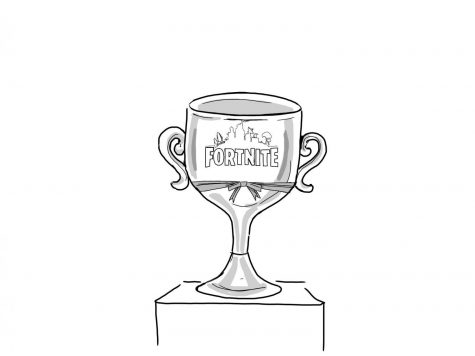When Hi-Tech Meets Runway
At Paris’ Palais des Beaux-Arts, on a podium in the center of the catwalk, a model stands motionless under the piercing spotlight, while a stream of water trickles down from the ceiling. The knee-length white jacket that she is wearing starts to fall apart, gradually revealing the golden embroidery underneath. A minimalistic trench-coat has been turned into an ethereal cocktail-dress in less than a minute.
This did not happen in a science-fiction novel or an experimental artist’s studio, but on the runway of Hussein Chalayan’s 2016 Spring/Summer Ready-to-Wear series on Paris Fashion Week in October 2015. A pioneer in fusing fashion and technology, Chalayan used a soluble material to create a design previously unseen in the history of fashion, and presented an electrifying show to the audience. Two years later, Iris van Herpen’s 2018 Fall Haute Couture series adopted laser-cutting and thermal-bonding techniques to merge lace and cotton fabrics, displaying dresses with 3D-printed and liquid-coated accessories. This enabled the clothing brand to incorporate a geometric form within its fragile texture, appealing to its contemporary audience with the element of technology.
With 3D printing and electronic textiles technology becoming more accessible and the traditional fashion market growing increasingly saturated, the fusion of technology and fashion has gained popularity. After Chalayan and van Harpen’s critical successes and increased popularity, more conservative fashion houses such as Chanel and Prada have also decided to take the same approach. Technology poses a unique path for the future of high fashion.
Nevertheless, technology in fashion is not exclusive to the runway, nor is it just for aesthetic purposes. Various companies are now promoting function-based clothing products geared toward department-store brands. For the past few years, Google’s Advanced Technologies and Projects group has been experimenting with conductive fabrics, which allows the user to access their smartphones and music players by simply stroking their clothes. Google is now working with Levi’s to implement this technology in a sensor-laden garment that can be gesture-controlled. The denim jacket they are developing will have a Bluetooth cuff, which can pair the jacket to a smartphone, and 15 conductive threads on the left sleeve for it to be used as the control pad to operate the phone via Bluetooth.
Whether for beauty or pragmatic uses, technology has permeated the fashion industry. In the near future, our clothing will not only serve as a fashion statement, but also a useful tool. Geometric designs with 3D printing and device-connecting smart fabrics are just the beginning.



